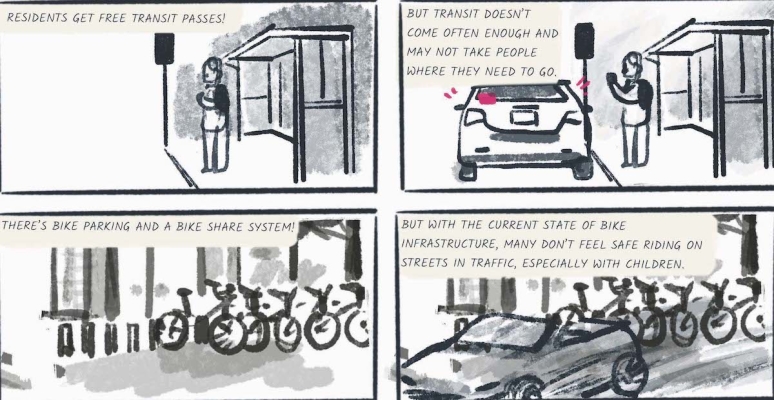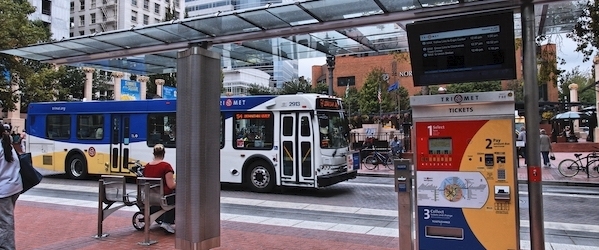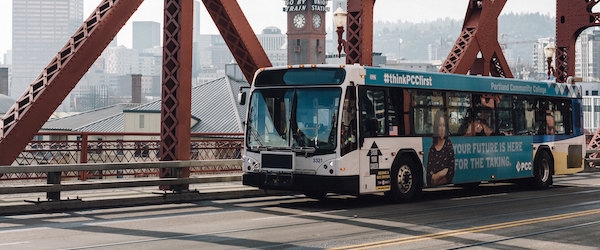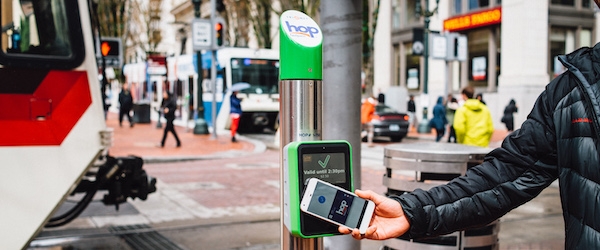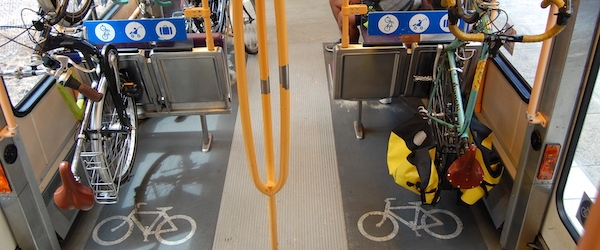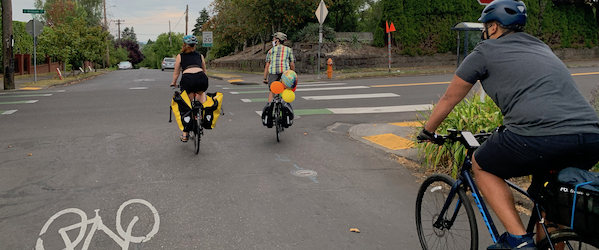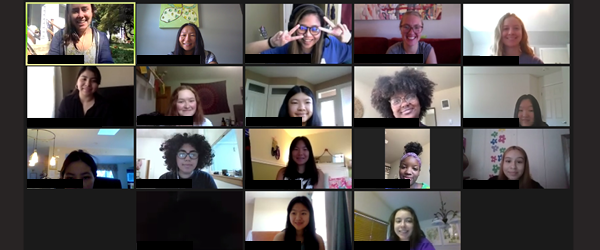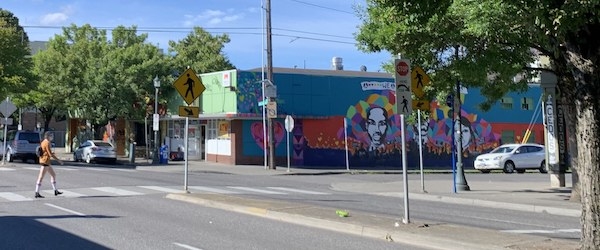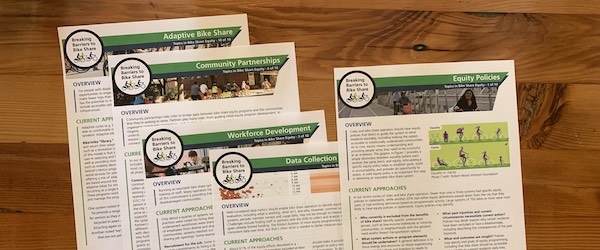Incorporating transportation into the land development process is a big undertaking, with many important angles to be considered. Researchers are translating NITC research on this theme into a popular, easy-to-understand graphic format: comics. Led by an interdisciplinary team at Portland State University and the University of Arizona, they're illustrating transportation considerations in the land development process as a comic to reach a broader audience on this critical topic.
Related: Read about the NITC Research Roadmap on Transportation and Land Use.
Still in development (the images here are early working drafts, illustrated by PSU student Joaquin Golez and Portland, OR illustrator Ryan Alexander-Tanner), the comics are based on research findings from several projects funded by the National Institute for Transportation and Communities (NITC). The project team is working with readers at neighborhood associations and nonprofits to test this unique approach in sharing research findings. We interviewed three of the project team members Kelly Clifton of PSU, Ryan Alexander-Tanner and Susan Kirtley of PSU to hear how it's going.

